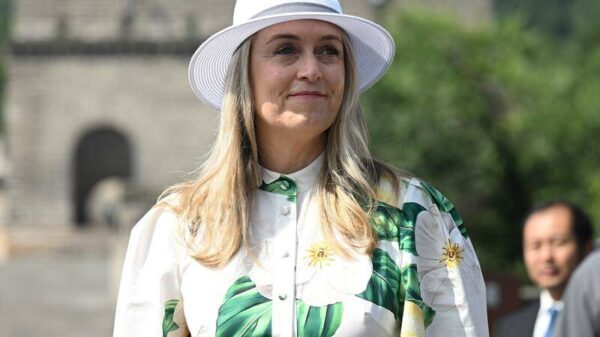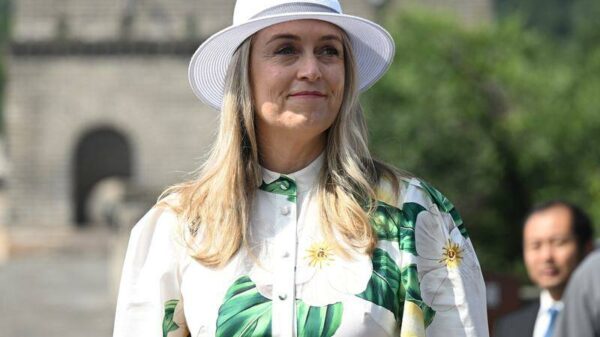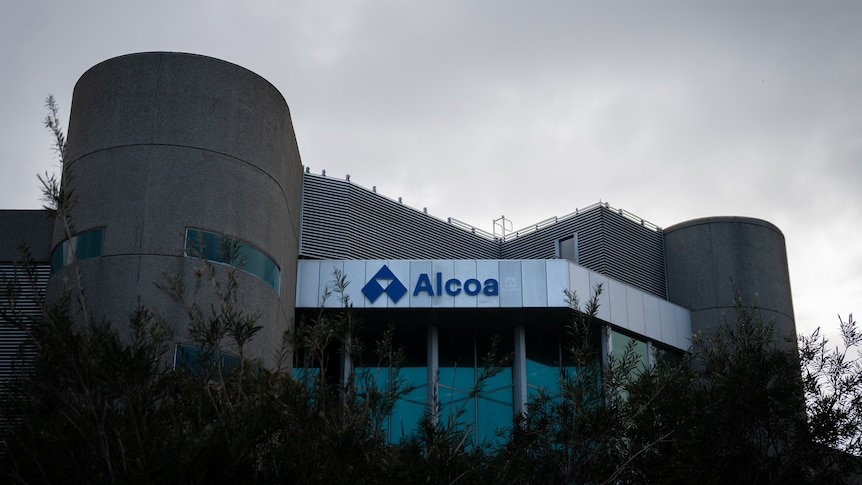US aluminium manufacturer Alcoa plans to expand its mining operations near Perth, which could result in the emission of more than 1.3 billion tonnes of greenhouse gases over the lifetime of the projects. This figure represents approximately three years’ worth of Australia’s total greenhouse gas emissions, according to an analysis of the company’s publicly available proposals. These expansions include mining activities in the unique jarrah forests of Western Australia, where Alcoa has been extracting bauxite since the 1960s.
The proposals, which are currently open for public comment, outline plans to expand mining and increase alumina production. The emissions from these operations are projected to exceed Australia’s annual greenhouse gas emissions from all sources, as noted by the Australian Bureau of Statistics. Jess Beckerling, a member of the Legislative Council for the Greens in Western Australia, emphasized that the emissions from this expansion would be comparable to the operation of 17 to 18 new coal-fired power stations.
Environmental and Community Concerns
Local communities have voiced significant concerns regarding the proposed expansion. The Shire of Mundaring has formally opposed the bauxite exploration and mining plans, highlighting the potential risks to water security and the environment. Paige McNeil, Shire President, stated that the community prioritizes the health of its water catchments and the unique environment of the Perth Hills. “Our community told us that the health of our water catchment and the unique environment of the Perth Hills must be protected for future generations,” she said, emphasizing the need to safeguard local ecosystems against exploration drilling.
The Shire of Mundaring has requested that Alcoa voluntarily exclude the Mundaring Weir Catchment area from its exploration program. The company is currently operating under a state agreement that allows it to mine approximately 7,000 square kilometres of forest, which places it outside much of Western Australia’s environmental legislation.
Following the public consultation period, the Environmental Protection Authority (EPA) will assess the proposals and make recommendations. Ultimately, the approval or rejection of these projects will be determined by the Minister for State and Industry Development.
Alcoa’s Position and Rehabilitation Efforts
Alcoa has reiterated its commitment to environmental responsibility and stated that its proposed exploration does not indicate an intention to mine in controversial areas. Kane Moyle, the company’s director of regulatory approvals, noted, “Any proposal to mine would involve rigorous consultation, assessment and, in fact, approval before we could do so.”
Despite Alcoa’s assurances, concerns about its past rehabilitation efforts persist. A recent review published in the scientific journal Restoration Ecology described Alcoa’s rehabilitation outcomes in the jarrah forests as “substandard” and noted a “poor to declining trajectory.” Local officials, such as Mike Walmsley from the Shire of Waroona, have suggested that a bond be established to ensure the restoration of mined areas. Walmsley remarked, “Alcoa has fallen behind on their promise to rehabilitate the areas it has mined.”
As the proposal process continues, community stakeholders remain vigilant. The concerns surrounding Alcoa’s expansion highlight a broader conversation about balancing industrial development with environmental and community needs in Western Australia.





























































